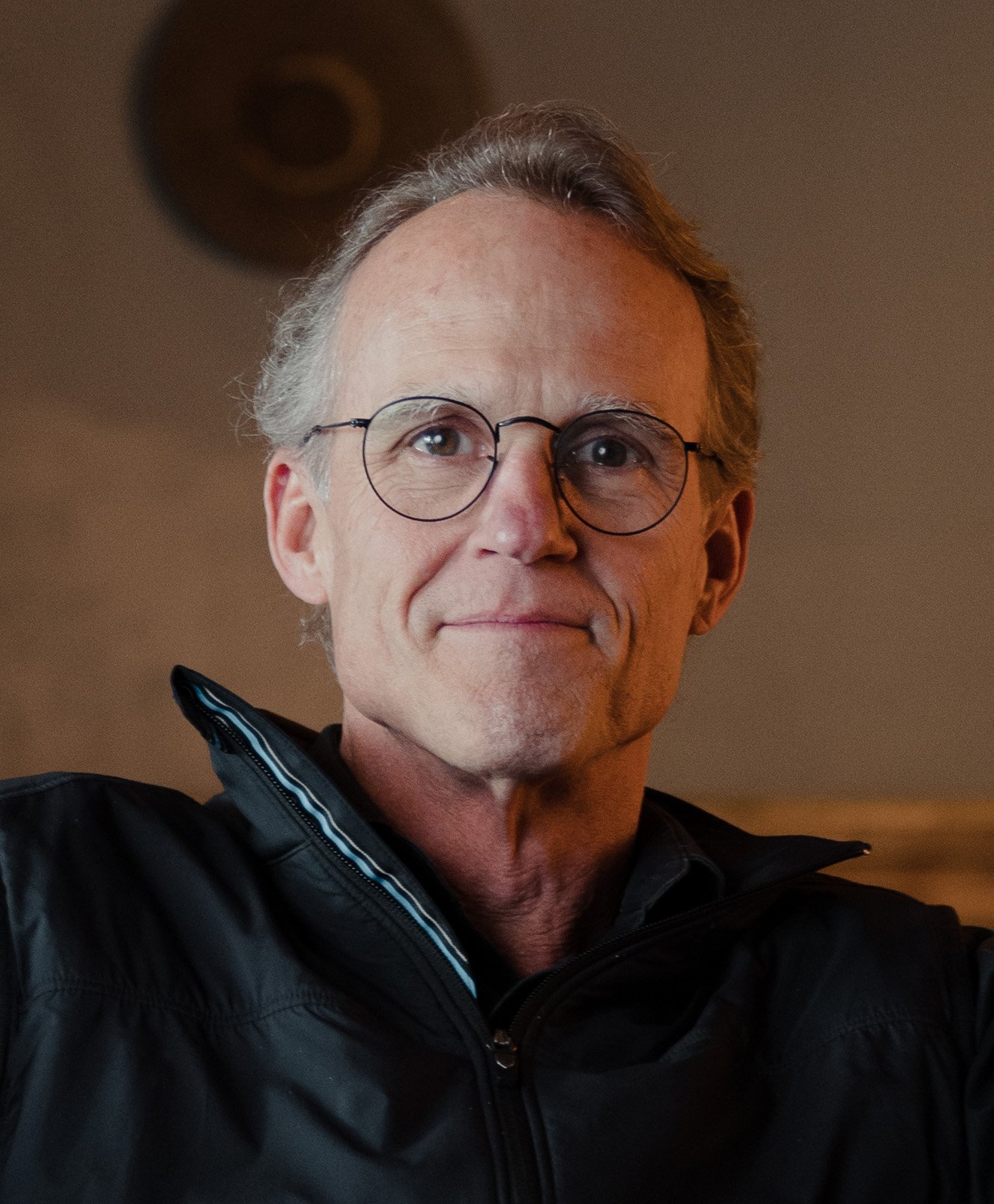The Three Dimensions of Happiness
Decades ago, I came across a phrase that struck me as a universal truth:
The key to happiness is having someone to love, something to do, and something to look forward to.
It was simple. It felt right. And over the years, I’ve shared it thousands of times.
But experience helps us refine our perspectives. Now, I believe the essence of happiness is even more fundamental.
In my view, being happy means:
- Being surrounded by people we trust
- Believing we matter
- Constantly growing
These aren’t just fleeting states; they’re the foundation of a fulfilling life. When one is missing, we feel it. When all three align, we thrive.
Let’s break them down.
What Happiness Is (And Isn’t)
I got the inspiration for this piece after reading this quote from The Power to See It Through by Harry Emerson Fosdick:
“There is a Scandinavian saying which some of us might well take as a rallying cry for our lives: The north wind made the Vikings! Wherever did we get the idea that secure and pleasant living, the absence of difficulty, and the comfort of ease, ever of themselves made people either good or happy? Upon the contrary, people who pity themselves go on pitying themselves even when they are laid softly on a cushion, but always in history character and happiness have come to people in all sorts of circumstances, good, bad, and indifferent, when they shouldered their personal responsibility. So, repeatedly the north wind has made the Vikings.”
Many people think being “happy” means never feeling disappointed, never feeling pain or discomfort, and never feeling afraid or unsure. But that couldn’t be further from the case. It’s not enough for us to enjoy relative comfort. To be truly happy, we need to ascend Maslow’s Hierarchy of Needs, even when growth causes us short-term pain.
The happiest people realize happiness isn’t just an emotion; it’s a mindset.
Once our basic physical needs (food, water, shelter) are met, we begin craving even more. We need connection, we need to do Work that matters, and we need to grow — whether that’s personally, professionally, or something completely different. These three dimensions create true happiness, not the “happy-for-now” moments that make us chase things that don’t actually fulfill us.
Now, let’s explore what each of these dimensions means in practice.
Trust: The Need to Be Connected
![3_Dimensions_of_Happiness_Seperate_[Trust] (1)](https://www.ninety.io/hs-fs/hubfs/2025%20Blog%20Images/Founder%20Blog/04.22.25%20The%20Three%20Dimensions%20of%20Happiness/3_Dimensions_of_Happiness_Seperate_%5BTrust%5D%20(1).png?width=220&height=220&name=3_Dimensions_of_Happiness_Seperate_%5BTrust%5D%20(1).png) People are wired for connection, and I don’t mean the casual or transactional interactions we quickly forget once they’re over. Instead, we’re wired to pursue and maintain deep, mutually beneficial relationships built on trust.
People are wired for connection, and I don’t mean the casual or transactional interactions we quickly forget once they’re over. Instead, we’re wired to pursue and maintain deep, mutually beneficial relationships built on trust.
Trust is what makes a relationship feel safe. It’s the difference between mere companionship and real belonging. And without a sense of belonging, happiness remains just out of reach.
But relationships aren’t static. They evolve, shift, and sometimes dissolve. The challenge isn’t just in finding the right people to start with but also in continually earning and deepening trust with those people, even as circumstances change over time. When we deeply invest in our relationships, they enrich our lives and influence our perspectives regardless of whether or how they end.
That’s why the happiest people aren’t the ones with the most connections. They’re the ones with the deepest ones. Once we find our chosen tribes and people, we open the door to accomplishing way more than we could ever do alone.
Meaning: The Need to Make a Difference
![3_Dimensions_of_Happiness_Seperate_[Meaning] (1)](https://www.ninety.io/hs-fs/hubfs/2025%20Blog%20Images/Founder%20Blog/04.22.25%20The%20Three%20Dimensions%20of%20Happiness/3_Dimensions_of_Happiness_Seperate_%5BMeaning%5D%20(1).png?width=220&height=221&name=3_Dimensions_of_Happiness_Seperate_%5BMeaning%5D%20(1).png) We all want to feel like we matter — that we’re seen, valued, and making an impact.
We all want to feel like we matter — that we’re seen, valued, and making an impact.
But this isn’t about fame or external validation. It’s about internal significance — the knowledge that what we do and who we are carries meaning, whether that’s just to one person or millions. This is also why so many people have shifted away from chasing high salaries and titles over the past decade. In the new Age of Work, it’s not enough to develop our skills or gain more resources. We want to use those skills and resources to align with companies committed to making the world a better place.
But here’s the paradox: Meaning isn’t something anyone else can give us. It’s something we have to create and nurture in ourselves.
We matter when we take ownership of our actions, when we commit to something beyond ourselves, and when we show up in ways that make a lasting impact.
Happiness doesn’t come from seeking significance. It comes from choosing it each and every day.
Growth: The Need to Change
![3_Dimensions_of_Happiness_Seperate_[Growth] (1)](https://www.ninety.io/hs-fs/hubfs/2025%20Blog%20Images/Founder%20Blog/04.22.25%20The%20Three%20Dimensions%20of%20Happiness/3_Dimensions_of_Happiness_Seperate_%5BGrowth%5D%20(1).png?width=220&height=220&name=3_Dimensions_of_Happiness_Seperate_%5BGrowth%5D%20(1).png) Life doesn’t stand still. Neither do we.
Life doesn’t stand still. Neither do we.
At its core, growth is movement — toward something better, something deeper, something more genuine. It’s the process of becoming.
But growth comes with a cost. It demands change. And change means leaving behind what no longer serves us, whether that be ideas, habits, or sometimes even relationships.
This is nature’s way. Entropy, the second law of thermodynamics, tells us that what isn’t growing is breaking down. It applies to everything: our bodies, our minds, our relationships, our Work.
That’s why stagnation feels like suffocation and why true happiness isn’t about avoiding discomfort. It’s about leaning into that discomfort and using it to learn, adapt, and rebuild ourselves stronger than ever before.
How Trust, Meaning, and Growth Come Together
.png?width=400&height=379&name=3_Dimensions_of_Happiness%20(1).png) These three dimensions aren’t separate. They’re interwoven:
These three dimensions aren’t separate. They’re interwoven:
- We need people we trust to support our growth.
- We need growth to maintain a sense of meaning.
- We need meaning to sustain deep relationships.
But growth requires change, and change disrupts relationships, challenges our sense of identity, and forces us to redefine what matters.
This is why happiness is fluid. It’s something we recalibrate over and over again. It’s why what fulfills us today probably won’t fulfill us tomorrow and why chasing short-term pleasures or comforts will usually leave us unsatisfied.
When we understand this, it makes the process of achieving true happiness less stressful. The key is realizing that feeling lost or unsettled isn’t a sign that something is wrong. It’s a sign that something is evolving.
Tuning into Happiness
Happiness isn’t a destination. It’s a dynamic state, guided by the interplay of trust, meaning, and growth. When we listen to our emotions, they tell us where we are in that balance. They signal when we’re aligned and when we’re adrift.
Feeling disconnected? Look to your relationships. Feeling insignificant? Examine where you matter. Feeling stagnant? Lean into growth.
The north wind didn’t break the Vikings. It shaped them. And in the same way, the challenges we face aren’t obstacles to happiness. They are the forces that forge it.





